Music
Trailers
DailyVideos
India
Pakistan
Afghanistan
Bangladesh
Srilanka
Nepal
Thailand
StockMarket
Business
Technology
Startup
Trending Videos
Coupons
Football
Search
Download App in Playstore
Download App
Best Collections
Technology
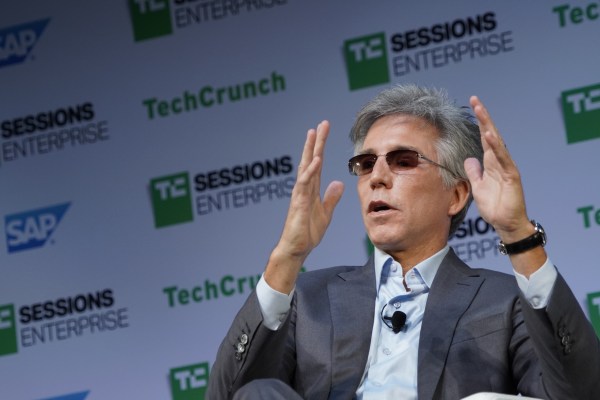
SAP CEO Bill McDermott announced he was stepping down last night after a decade at the helm in an announcement that shocked many. It always tough to measure the performance of an enterprise leader when he or she leaves. Some people look at stock price over their tenure. Some at culture. Some at the acquisitions made. Whatever the measure, it will be up to the new co-CEOs Jennifer Morgan and Christian Klein to put their own mark on the company.
What form that will take remains to be seen. McDermotttenure ended without much warning, but it also happened against a wider backdrop that includes other top executives and board members leaving the company over the last year, an activist investor coming on board and some controversial licensing changes in recent years.
Why now?
The timing certainly felt sudden. McDermott, who was interviewed at TechCrunch Sessions: Enterprise last month sounded more like a man who was fully engaged in the job, not one ready to leave, but a month later hegone.
But as McDermott told our own Frederic Lardinois last night, after 10 years, it seemed like the right time to leave. &The consensus was 10 years is about the right amount of time for a CEO because you&ve accomplished a lot of things if you did the job well, but you certainly didn&t stay too long. And if you did really well, you had a fantastic success plan,& he said in the interview.
There is no reason to doubt that, but you should at least look at context and get a sense of what has been going in the company. As the new co-CEOs take over for McDermott, several other executives including SAP SuccessFactors COO Brigette McInnis-Day, Robert Enslin, president of its cloud business and a board member, CTO Björn Goerke and Bernd Leukert, a member of the executive board have all left this year.
- Details
- Category: Technology
Read more: Why it might have been time for new leadership at SAP
Write comment (90 Comments)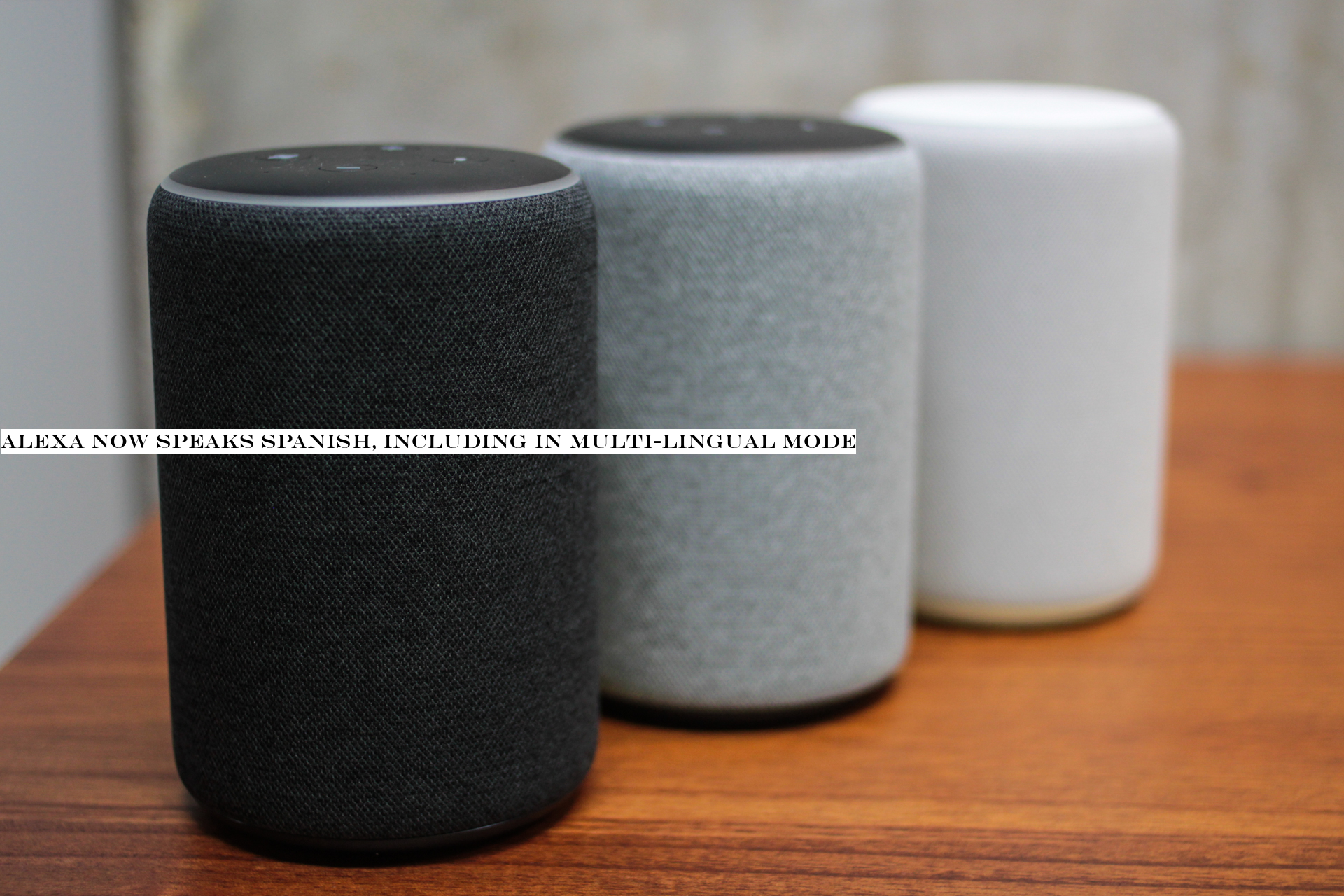
At Amazon hardware event last month in Seattle, the company announced plans to launch multi-lingual modes for its Alexa devices in the U.S., Canada, and India, where the smart voice assistant would be able to speak a combination of English and Spanish, French and English, and Hindi and English, respectively. Today, Amazon says the multi-lingual mode for U.S. speakers is officially live across the country, allowing users of both Echo and Alexa-powered devices to switch between Spanish and English. Alexa can also be set to speak only Spanish in the Alexa app settings.
The new support also means developers can build skills for the platform that target Spanish language speakers.
The experience introduces a new Spanish voice for Alexa, plus local knowledge, hundreds of Spanish skills including those form Univision and Telemundo, and more.
To use Alexa in Spanish mode, U.S. users will be able to toggle to &Español (Estados Unidos)& in the Alexa app. They can then speak to Alexa in Spanish to get news, weather, control their smart home devices, set reminders, and launch skills.
However, the more interesting addition is the multi-lingual mode option, which allows customers to seamlessly switch between Spanish and English.
For example, you could ask Alexa in English for the weather, and she&ll reply in English. But if you speak in Spanish, she replies in Spanish. This makes the device more useful in multi-lingual households where a mix of both languages is spoken.
To complement the new Spanish-language support, Amazon Music listeners in the U.S. will be able to ask Alexa for several newly launched Latin music playlists in U.S. Spanish, including Sin Filtro (urban artists), Tierra Tropical (bachata, salsa, cumbias), Puro Reggaeton, and Fierro Pariente (Regional Mexicano).
Amazon said the other multi-lingual modes for Canada and India (French and Hindi, combined with English), will also be available, but didn&t say when they would be fully rolled out.
- Details
- Category: Technology
Read more: Alexa now speaks Spanish, including in multi-lingual mode
Write comment (100 Comments)
Oof — a week after PayPal announced plans to part ways with FacebookLibra cryptocurrency project and the related association of the same name, three more names are reportedly breaking away: eBay, Stripe and Mastercard. (Update: and now Visa!)
In a comment to TechCrunch, a Stripe spokesperson leaves the door open for them to potentially work with Libra in the future — but not right now:
&Stripe is supportive of projects that aim to make online commerce more accessible for people around the world. Libra has this potential. We will follow its progress closely and remain open to working with the Libra Association at a later stage.&
Word of eBayexit comes via Reuters, which quotes an eBay spokesperson as saying:
&We highly respect the vision of the Libra Association; however, eBay has made the decision to not move forward as a founding member.&
Mastercardlooming departure, meanwhile, just broke in the WSJ.
This is a fairly massive hit for the project, with three flagship partners all bailing simultaneously. It all happens just days after reports that regulatory pressure behind the scenes was causing a number of members to reconsider their support.
Update: Visa has now backed out as well, citing regulatory concerns directly:
Visa has decided not to join the Libra Association at this time. We will continue to evaluate and our ultimate decision will be determined by a number of factors, including the Associationability to fully satisfy all requisite regulatory expectations.
Story developing..
- Details
- Category: Technology
Read more: EBay, Stripe and Mastercard drop out of Facebook’s Libra Association
Write comment (96 Comments)Avoid pressing hard on the screen.
Tap lightly to keep it safe.
Your Galaxy Fold isn&t water or dust resistant.
Don&t allow any liquids or foreign objects to enter it.
Don&t attach anything to the main screen, such as a screen protector.
So begins your journey. Itthe story of one of the most fascinating product releases in recent memory. Italso the story of the most polarizing product I&ve ever reviewed…twice.
The Galaxy Fold is at once a hopeful glimpse into the future and a fascinating mess. Ita product I can&t recommend anyone purchase, but itone I&m still glad Samsung had the guts to make.

Whatperhaps most frustrating are the glimpses you get using the device, those moments it transcends lovely and is legitimately useful. And when you leave the device at home, you actually start to miss the 7.3-inch display.
Two scenarios in particular have really highlighted the value of Samsungstrong-headed approach to pushing boundaries.
First is the gym. Unfolding the device and propping it up on the control panel of a piece of exercise equipment is a beautiful thing. Full-screen Netflix, baseball games from MLB At Bat. Watch the minutes and the calories just fly away. The Fold also works great with the Galaxy Buds, which are legitimately one of the best hardware products Samsung has produced in ages.
Second is the subway. I&ve been prepping for interviews by reading Pocket stories on the train, with the Notes app open in a side window. This is great. Like a seriously awesome thing. And this is coming from someone who still has trouble embracing smartphones as serious productivity devices. There are just too many limitations to that small screen. When I want to get work done, the laptop comes out. I&m not suggesting the Fold completely changes the math here, but it does edge ever closer, blurring that line a bit in the process.
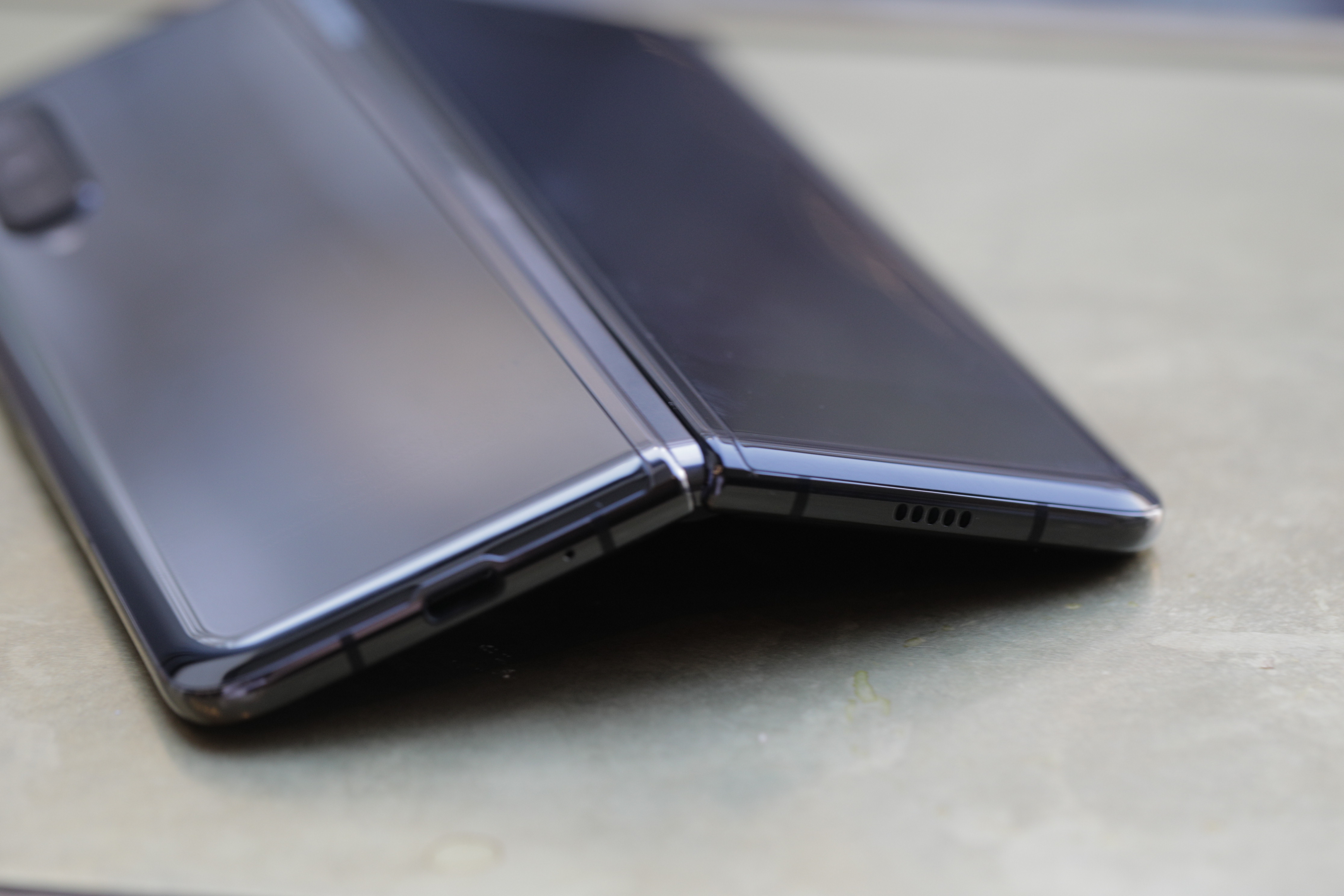
So there you go. Thattwo distinct examples, covering both entertainment and productivity. The fact is the same as ever: big screens are good. The question is how we get there. Ita true fact, of course, that plenty mocked Samsung with the first Note device. It seems hard to believe, but in 2011, 5.3 inches seemed impossibly large for a phone. By 2018, however, 5.5 inches was the most popular screen size for handsets. And that number appears to still be growing.
Clearly Samsung was right on that one, and the Note played an outsized role in pushing those boundaries.
After years of teasing flexible and foldable displays, the tech world was understandably excited when the Galaxy Fold finally arrived. Honestly, there were long stretches of time when it felt like the handset would never arrive. As such, it feels strange to suggest that the product was somehow rushed to market.
Itimportant to remember, of course, that part of the mainstreaming of big phones has been the technologies supporting the large screen. Samsung, Apple, Huawei, et al. have done a good job consistently increasing screen to body ratios. The new Notes may have bigger screens than ever, but other breakthroughs in manufacturing means we&re not walking around with bricks.
Similarly, this decidedly first-generation device is big and thick. Anecdotally, reactions have been…mixed. The two separate rounds of review devices I&ve received from the company (round two, for reasons we&ll get into in a second involved two devices) have coincided with big TechCrunch-hosted events in San Francisco. First TC Sessions: Robotics in April and then Disrupt last week.
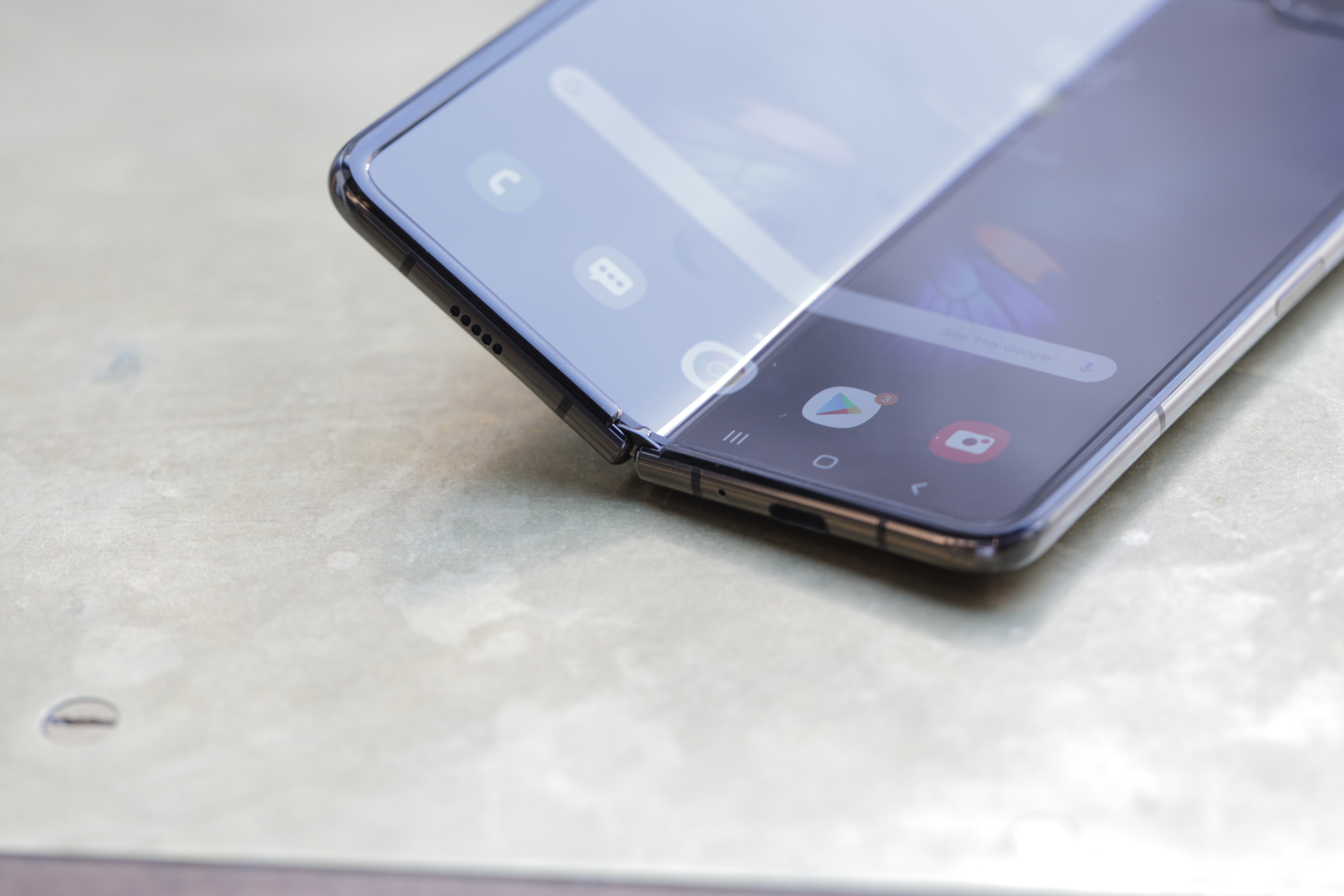
Take some of this with a grain of salt, because my co-workers can be pretty damn cynical about new technologies (and yes, I&ve been at this long enough to include myself in this). Reactions ranged from genuinely wowed to disappointed bafflement. There was also one co-worker who repeatedly threatened to eat the device because she said it looked like an ice cream sandwich, but thata story for another blog post.
There are plenty of things to be critical from a design standpoint. The &first-gen& feel runs very deep with the device. When closed itquite thick — like two phones stacked atop one another. The crease is visible, as has often been reported. And the front display isn&t particularly useful. I get why itthere, of course. There are plenty of moments when you just want to check a quick notification, bit itincredibly narrow and sandwiched between two massive bezels.
None of those really matter much compared to the devicefragility. The Fold will forever be the device whose release date was pushed back after multiple reviewers sent back broken devices. Mine worked fine. The company went back to the drawing board for several months and came back with a more robust device that patched up some holes and reinforced the folding mechanism. Mine broke.

After about 27 hours with the device, I opened it up in line at CVS and noticed something weird about the screen. Sitting between the butterfly wings was a mass of pixels I referred to as an &amorphous blob.& I&d been fairly gentle with the thing, but, as I put it in a followup, &a phone is not a Fabergé egg.& In other words, itunderstandable that the product isn&t designed to, say, survive a drop onto hard concrete or a dunk in the toilet.
While ittrue that many other modern phones have evolved over generations to withstand such accidental bumbles, italso understandable that the Fold is a little more fragile. We can&t say Samsung didn&t warn us, and I do appreciate that Samsung was able to go back to the drawing board before wide release, but therea pretty strong argument to be made that a smartphone that needs to literally ship with warnings like the ones stated up top isn&t fully ready for prime time.
CNET recently got its hands on a folding machine and found that the handset could withstand 120,000 fold. Thata little more than half of the promised 200,000. Another third-party test found similar results. Not ideal, but not terrible. Itabout three years& worth of folds. If you&re dropping $2,000+ on a phone, you may well want it to last closer to the promised five years — though if you have that sort of disposable income, who knows?

I would honestly be more concerned with the kind of day to day issues that could potentially result in damage like what I saw. Itpossible that mine had a defect. I&ve been using a replacement that Samsung dropped off after collecting mine to send back to Korea for testing. Granted, I&ve been using it even more gingerly than its predecessor, but so far, so good.
This morning I saw a report of a user experiencing what appears to be the same defect in the same spot. A commenter astutely pointed out the placement of a screw discovered during a recent teardown that could be the source of these issues. As ever, it will be interesting to see how this all…unfolds.
I&m not going to get too far into the other specs here. I wrote thousands of words in my original review. Nothing about the underlying technology has changed between versions one and two. All of the big updates have been to the folding mechanism and keeping the device more robust.
Itfitting, I think that my model had 5G built-in. Both technologies feel like a glimpse into the future, but therelittle to recommend plunking down the requisite money to purchase either in 2019. The clear difference is that slow saturation of next-generation cellular technology is a bit more understood at this point. Telling someone that their fingernails can damage their $2,000 phone is a different conversation entirely.
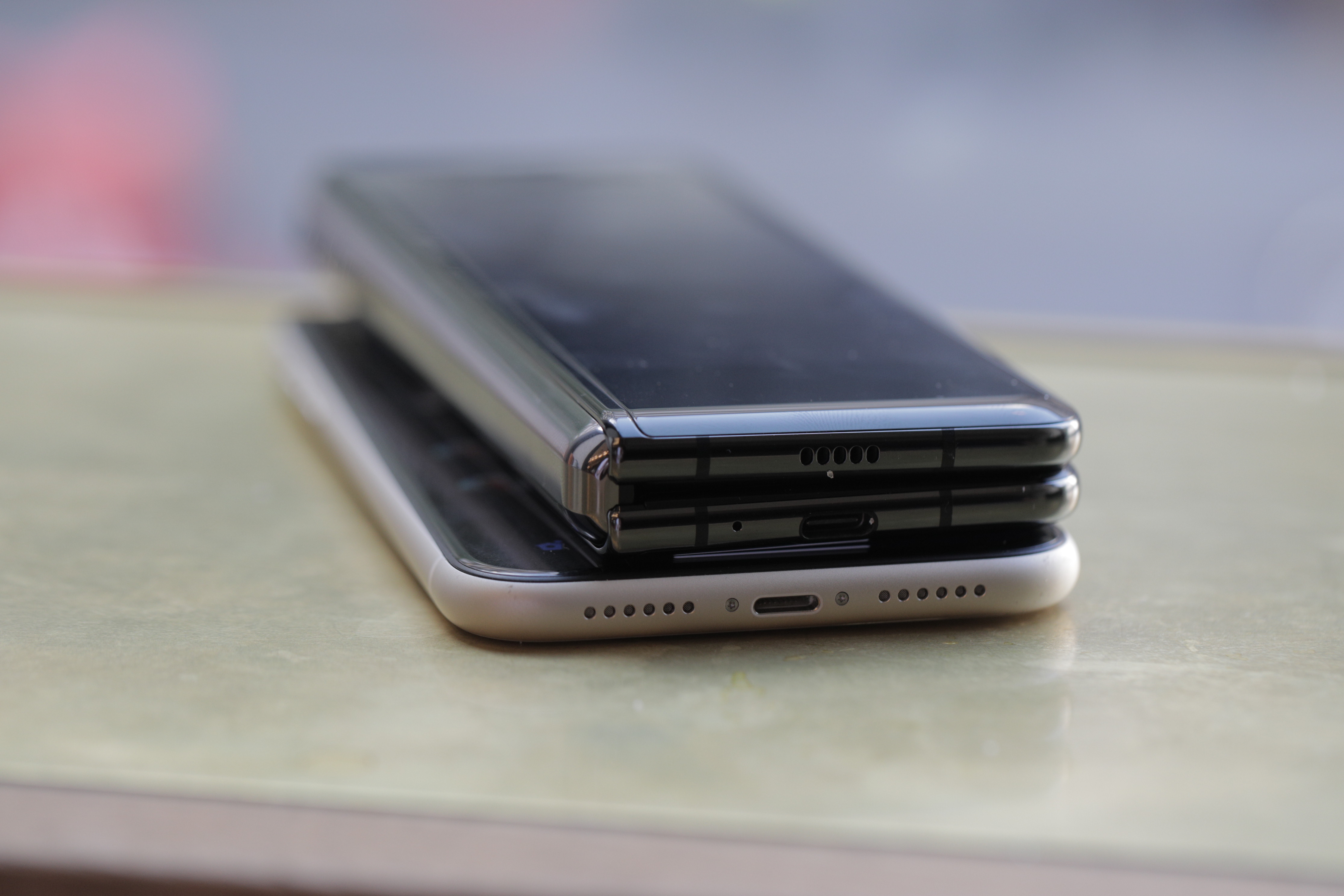
I do think that Samsungcommitted to the Galaxy Fold long-term. And I do believe that there will eventually be a place for the products in the market.
The biggest short-term concern is all the negative press following the first wave of devices. The FlexPai felt more like a prototype than consumer device. The Fold feels like something of an extended public beta. And the Huawei Mate X, which, although incredibly promising, is still MIA, as the company does another pass on the product. Global availability is another question entirely — though, thatdue to…other issues…
[gallery ids="1885397,1885396,1885395,1885394,1885393,1885392,1885391,1885385,1885384,1885382,1885381,1885379,1885378"]
Knowing Samsung, the company will return from all of this with a much stronger offering in generation 2. There are a LOT of learnings to be gleaned from the product. And while it offers a glimpse into the promise of foldable, you&re better off waiting until that vision is more fully realized.
- Details
- Category: Technology
Read more: Life with the Samsung Galaxy Fold
Write comment (97 Comments)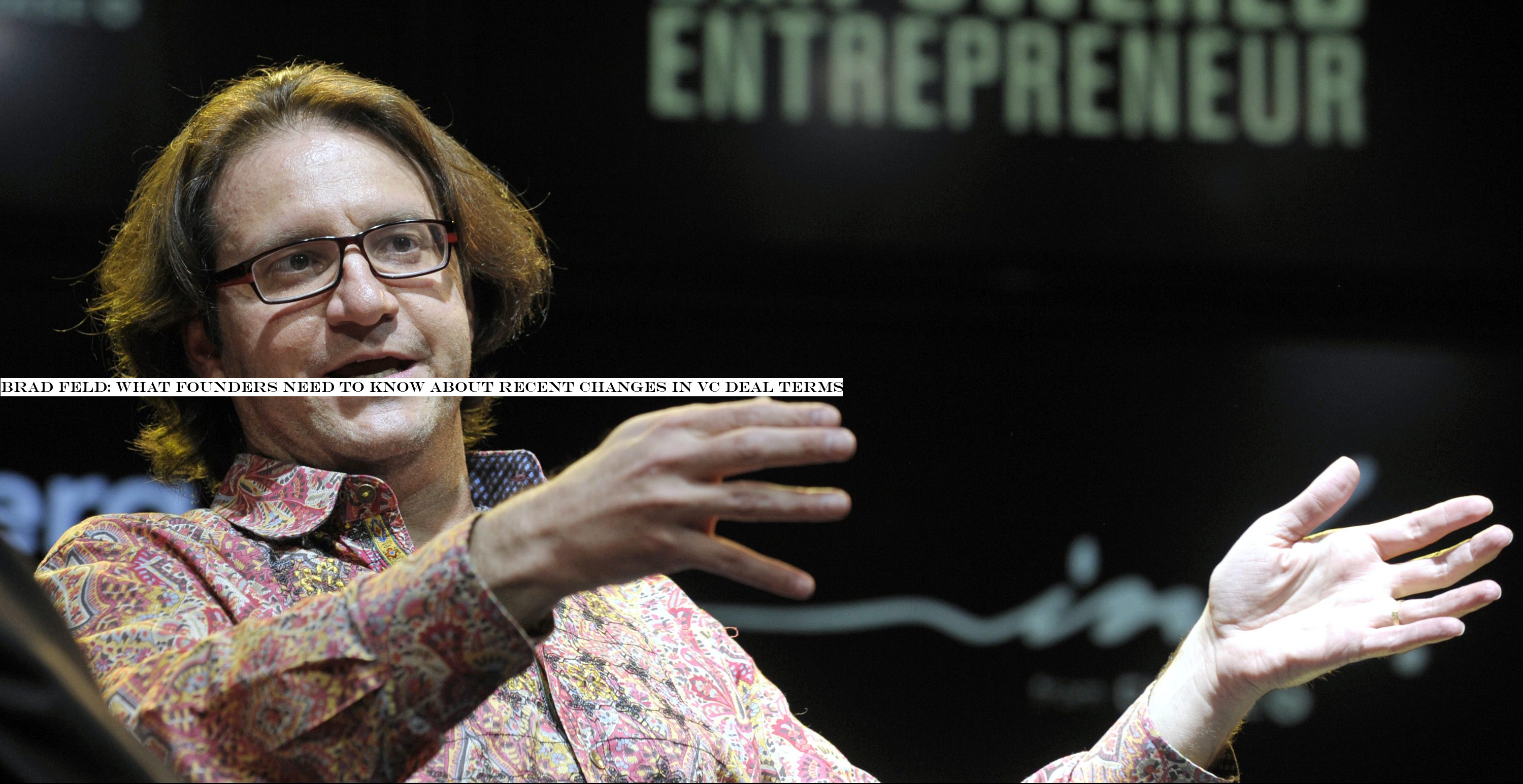
Extra Crunch offers members the opportunity to tune into conference calls led and moderated by the TechCrunch writers you read every day. This week, TechCrunchConnie Loizos hopped on the line with prominent investor, entrepreneur, thought leader, and Techstars co-founder Brad Feld to chat about the latest edition of his book &Venture Deals,&his advice to founders and investors, and his take on hot-button issues of the day.
In their conversation, Brad and Connie discuss the need to know information when it comes to preparing for, structuring and executing venture deals, and how that information has changed over the past several decades. Feld walks through the major topics that have been added in the latest edition of the book, such as how to handle venture debt, along with tactical attributes that aren&t currently in the book, such as secondary market trading.
Brad also shares his take on the most effective fundraising tactics for founders, and which common pieces of advice might be overblown.
Brad Feld: &I think the approach to the amount of money that you&re raising is both nuanced and evolves based on what financing round you&re at. So if you&re in an early round, some of the characteristics are different than if you&re in a later round. But I think the general truism… that I like to use when people say, ‘Well, how much money should I raise?&
I start with two variables and you the entrepreneur get to define those two variables. The two variables are: the amount of money you raise and what getting to the next level means. The amount of money you should raise is the amount of money that you need to get your business to the next level. There are lots of different ways to define what next level is and by forcing yourself internally to define next level and then define what you need in terms of capital to get to that next level… when you&re raising that first round of financing or even the second or third round of financing, it helps you size rationally what you need versus reactively to whatever the market characteristics are.
I actually encourage entrepreneurs to raise the least amount of money they need to get to the next level, or at least thatthe number that they go out to market with. Not a range, not a big number because you&re trying to drive some kind of valuation characteristic off a big number, but the amount of money that you actually think you need to get to the next level. Then if you can be oversubscribed, thatan awesome situation.&
Feld and Connie dive deeper into current issues in the startup and venture landscape, including Bradtake on the impact of the SoftBank Vision Fund, what went down internally and externally at both WeWork and Uber, as well as how boards, executives and founders can manage cult of personality and static company cultures.
For access to the full transcription and the call audio — and for the opportunity to participate in future conference calls — become a member of Extra Crunch. Learn more and try it for free.
Connie Loizos: I think the last time I saw you in person was out here in San Francisco at an event I was hosting and that was maybe two years ago?
Brad Feld: Yup, thatright. That was at the Autodesk Lab if I remember correctly.
Loizos: Yes. Itgood to hear your voice, and thank you for joining us on this call. We have a lot of readers who are big fans of yours that are on the line and are eager to learn about your book &Venture Deals& and your broader thoughts about the current state of the market. That said — and I know you only have so much time — letdive first into the book. So Wiley, your publisher has just put out the fourth edition of this book &Venture Deals,& and itreally easy to appreciate why. I was looking through it and itso incredibly instructive how venture deals come together and possible pitfalls to avoid. And given there are always new entrepreneurs emerging, it continues to be highly relevant.
How do you go about updating a book like this, given that some things change and some things stay the same?
- Details
- Category: Technology
Read more: Brad Feld: what founders need to know about recent changes in VC deal terms
Write comment (96 Comments)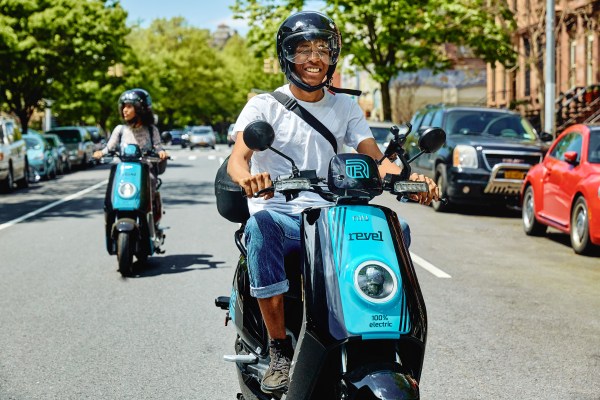
Revel, the New York-based shared electric moped startup, appears to be preparing to expand into Texas, according to job listings first spotted and reported by Thinknum Alternative Data.
The expansion into Texas would be Revelfourth market and its first west of the Mississippi River, a move that would be consistent with comments CEO and co-founder Frank Reig made earlier this week to TechCrunch.
Revel, which launched in 2018, has more than 1,400 mopeds in Washington, D.C., and Brooklyn and Queens, New York. The company announced Thursday that it raised $27.6 million in a Series A round led by Ibex Investors. The equity round included newcomerToyota AI Venturesand further investments from Blue Collective, Launch Capital and Maniv Mobility.
Revel plans to use the funds to expand its fleet of scooters within the cities it currently operates as well as into new markets. Reig wouldn&t name where Revel will launch next. However, he provided a few hints.
Revel is targeting about 10 cities by mid-2020, Reig said in an interview earlier this week. He added that likely candidates would be major U.S. cities with temperate weather conditions. That puts cities in Florida, Texas, Arizona and California as likely destinations.
Thinknum, which tracks companies and creates data sets that measure hiring, revenue and other factors, charted out job listings at Revel. What the company found was nearly a dozen jobs posted since July that will be based in Texas.
While Reveljob listings point to Texas, the company isn&t ready to talk.
&We can&t confirm specific launch timelines right now, but Revel is having productive conversations with markets in Texas among other places,& a company spokesperson said in response to TechCrunchinquiry. &We look forward to bringing our service to new cities in the coming months.&
Revel is different from other shared mobility-as-a-service providers, especially scooter companies, because it doesn&t use gig economy or contract workers. It only employs full-time workers. This would suggest that Revel isn&t merely experimenting with Texas; it has intentions to build out operations there.
The job listings include openings for a manager, mechanic and customer service support. Some of these jobs actually list Texas City, Texas as the destination. Itnot clear if this is actually where Revel will deploy. Texas City is about 42 miles southeast of Houston.
- Details
- Category: Technology
Read more: Electric moped startup Revel could expand to Texas next
Write comment (94 Comments)Page 657 of 5614

 12
12





